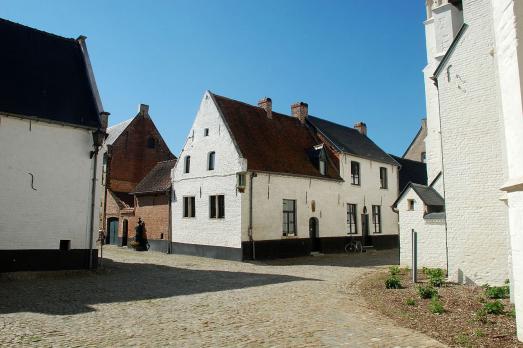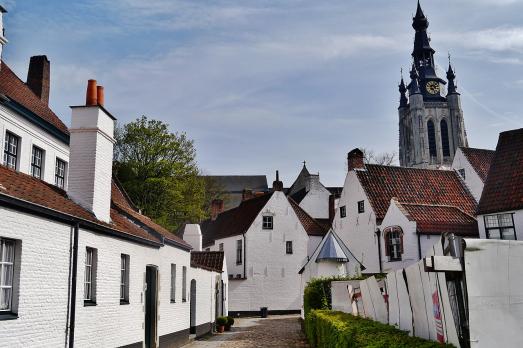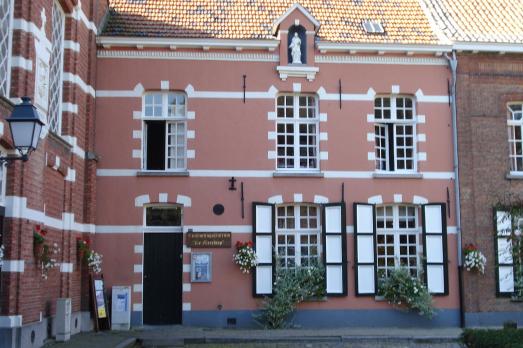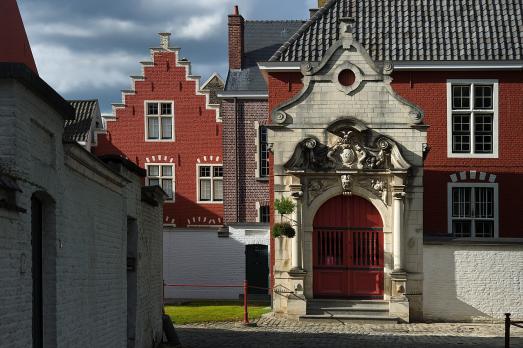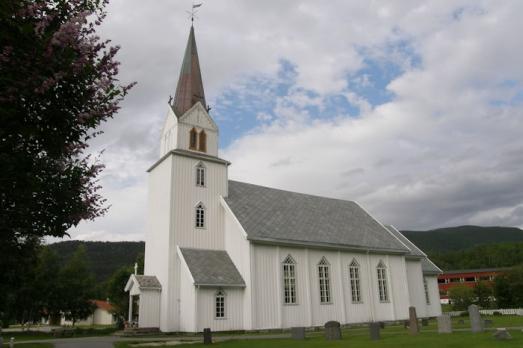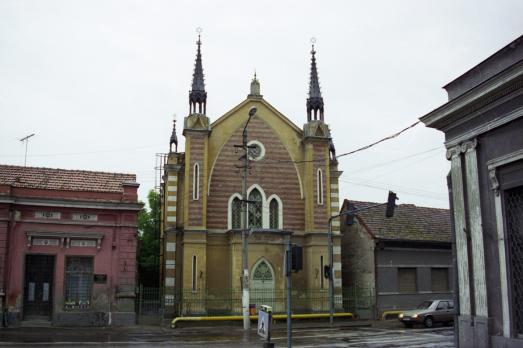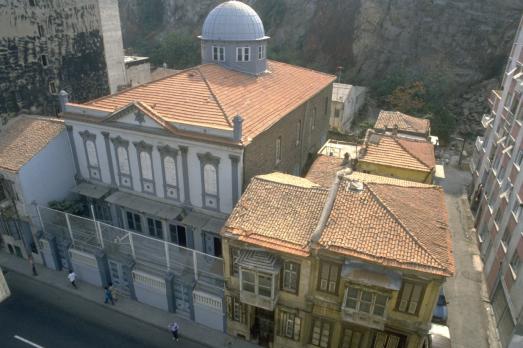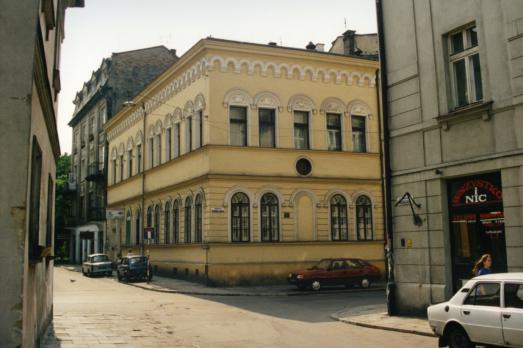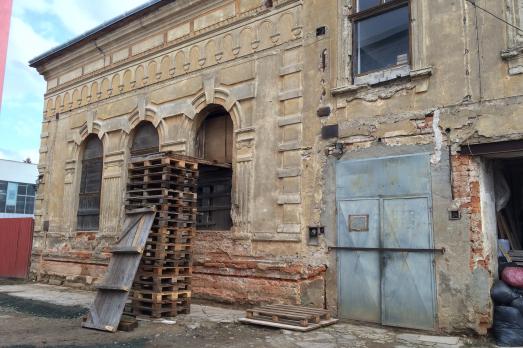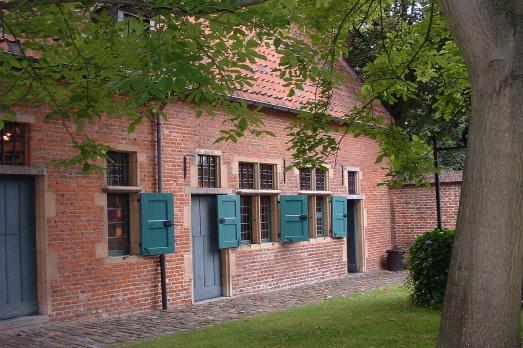
Beguinage of Anderlecht
Anderlecht, BE
The Beguinage of Anderlecht, one of the smallest in the Southern Netherlands, was founded in 1252. The buildings that have survived date from the 16th and 17th centuries. The French Revolution put an end to the presence of beguines. The buildings became charity offices. In 1930, a museum was created there to bring the daily life of the beguines and the history of Anderlecht to life.
